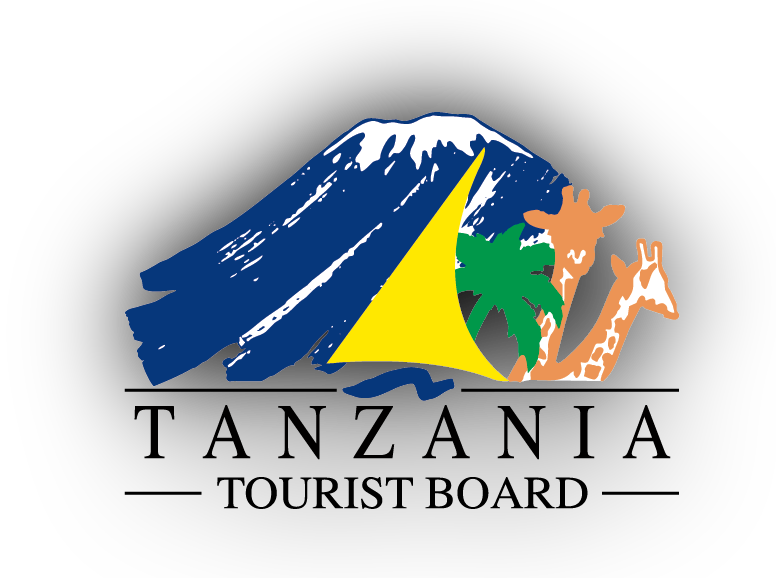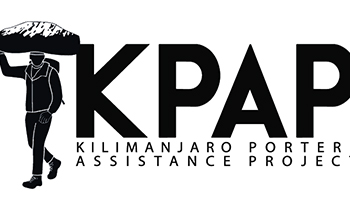








The Great Migration through Tanzania and Kenya each year is the largest overland wildlife migration in the world. Huge herds totaling up to 2 million wildebeest, zebra and gazelle move in an 800 km circuit clockwise through the Serengeti and Masai Mara ecosystem in search of the best pastures and access to water. These grazers are followed by lions and other predators in their thousands, and waited for patiently by crocodiles in the Mara and Grometi Rivers as the herd follow their inner compass – and each other – in their never-ending circular journey.
And this whole animal migration is in turn followed by safari connoisseurs, wanting to witness some of the very best wildlife action nature has to offer anywhere in the world.
This article gives you all the info you need to know before you go, and will help you plan your time watching the great migration. Bear in mind though that this great event is a natural phenomenon, and as such exact timings and locations are unpredictable.
The wildebeest migrate around the Serengeti, and into the Masai Mara for the sole purpose of following the rainfall. For their calving from December - March they always begin their cycle in the Southern Serengeti area of Ndutu and follow wherever the grass is greener... Whilst we have a good idea of where the wildebeest should be at any given time of year, it really does depend on where the rain falls.
The wildebeest are notoriously unreliable, as although they generally all head from south to north Serengeti and back around again, they often zig-zag along the way, making it sometimes impossible to predict where the big herds will be at any given time.
You can see the Great Migration in Tanzania all year round – they migrate in a circular motion around the Serengeti National Park as such it is an ongoing event. Below we will dissect where the wildebeest usually are at different times of the year.
The Great Wildebeest Migration is rarely in the Masai Mara Kenya; the herds only ever venture there as an extension of their grazing lands in the northern point of Tanzania if they need to for fresh pastures.
You can only find the migration in Kenya within a few months of the year when they head towards the border, and even then, most of the herds are still mulling around the northern parts of the Serengeti anyway....
The migration undertaken by the wildebeest is an annual event which sees one and a half million wildebeest accompanied by hundreds of thousands of zebras and numerous other antelope species as they search for pastures greener.
The animals follow a clockwise movement through the Serengeti following the rains for the lushest of grass. The five hundred kilometres is fraught with danger with many predators such as lions, cheetahs and crocodiles preying on the animals. It is a truly amazing spectacle.
Although we do our best to be as informative as possible, it really always is best to give us a call and chat to an expert who can give you the low-down on where the wildebeest are right now.
Throughout the entire year, the wildebeest herds are always in Tanzania. For a short time of the year some of the herds are in Kenya. This time period is from July – October when the wildebeest are always crossing the Mara River in Tanzania between Kogatende and the Lamai wedge (the land between the Mara River and the border to Kenya).
The herds are sometimes crossing the Mara river from one side of the Masai Mara to the other (all in Kenya). So the famous river crossings are most likely to be seen in Tanzania. Tanzania also has far fewer tourists on any one crossing, so we would always recommend basing yourself in northern Serengeti as opposed to the Masai Mara to catch the wildebeest crossing the Mara River.
Although we try to be as comprehensive as possible, something that is quite difficult to express on paper is a lot easier to explain over the phone, so please do just give us a call for a simple overview of the Migration's route.
July – October: This is when the wildebeest are in the northern Serengeti plains, and you have a chance of seeing up to thousands crossing the great Mara River. As the sight of the wildebeest crossing the so dramatic, it is considered by many the most desirable time to see the migration.
December – March: Currently the wildebeest are in the southern area of the Serengeti, more specifically in Ndutu which is actually in the Ngorongoro Conservation Area, and it is calving season.
Along with the river crossings, this is a real highlight of the wildebeest’s journey and a fabulous time to see the herds congregate on the dramatic sweeping plains of the south.
February is the only time of year when you are almost guaranteed to see the big herds all together as they always come south for calving season.
The rest of the year: In November, April, May and June the migration is “in between” locations and as such these months are slightly transitional times to see the herds.
November is the short rains, April and May are the long rains and as such the grass is green in these months across the Serengeti, so the wildebeest are more dispersed than in the prime time of July – October and December – March.
Thus, you don’t get as many of those condensed big herds which people get excited about!
The Serengeti-Masai Mara ecosystem is a region of Eastern African equatorial savannah, situated in northern Tanzania and south-western Kenya and totalling approximately 30,00 km sq. The area comprises the adjoining Serengeti National Park in Tanzania, and Masai Mara National Reserve in Kenya, along with a number of bordering Tanzanian conservation areas and game reserves including the Maswa Game Reserve, the Loliondo Game Controlled Area, the Grumeti Reserve and the Ngorongoro Conservation Area. In addition, a number of private conservancies have been established in recent decades which border the unfenced national parks and reserves and are rewilding areas previously used as grazing land for Maasai cattle..